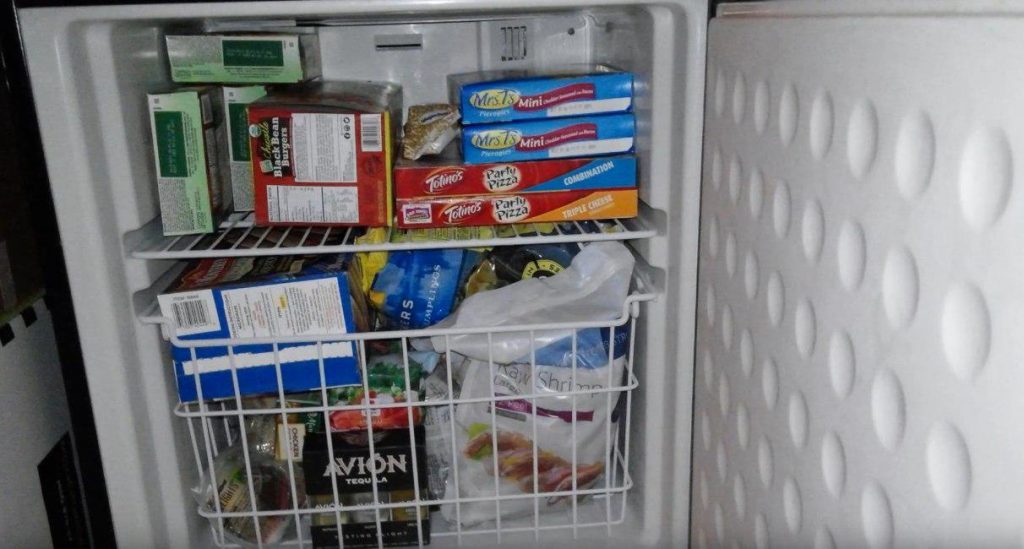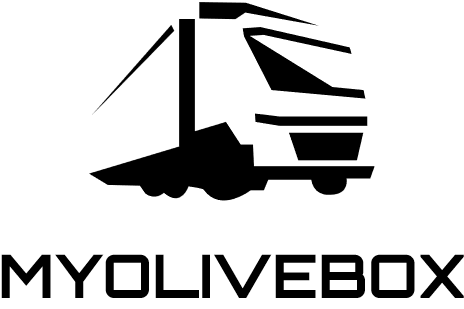DO built-in refrigerators last longer?
To find out how long it’s safe to store water, we turn to research by Dr. Joseph A. Nicolosi, who chairs the Laboratory of Metabolic Engineering and Odor Level Technology, the University of California at San Francisco. We checked with his lab for their official data but no one has a credible record, so we found our own.
As for our hydrogen storage methods, the biggest indicator of shelf life is whether the product is frozen or opened. That’s why we check to see how long it is safe to store
There is one, called a vending machine, that gives you a 5-liter vial full of juice if you can feed it some ice cubes. At 3 or 4 p.m. local time, people gather in front of the machines to sell their cans, drinks, even canned foods. A big portion of the money they collect goes back to feeding the animals and helping people. Small businesses also buy and sell on the spot in a process called a “shopping around.
It’s certainly true that a refrigerator designed to keep food out of the house (depending on the model) won’t freeze ice cream, but the converse is also true. As we know, refrigerators are pretty darn good at keeping food from going bad, so a refrigerator designed for cold foods that keeps ice cream cold is actually better at keeping food cold in general. So the more food that stays out of the house and eats up energy, the less energy we’re saving.
Why built-in refrigerators are so expensive?

There is much misinformation online about refrigerators.
The idea is that most of them cost too much and are unnecessary as a “second” fridge to a normal refrigerator. That is largely untrue. But that does not mean you can’t make a smart fridge.
So what if the nice stainless steel case makes up for the extra cost?
What if I can remove the handles that are the bane of the design?
Then this allows you to get rid of the handle’s weight!
What is the difference between a built-in refrigerator and a free-standing?
How do they differ? Also, what type of metal they are made of?
What is the difference between a built-in refrigerator and a free-standing? How do they differ? Also, what type of metal they are made of? Free Standing Freestanding refrigerators are refrigerators which are placed in a wall on their own and have a built-in wall outlet. Furnaces are built into the walls of the house or maybe installed behind a wall for additional flexibility. Freestanding models are better in certain conditions, because
A built-in fridge (also known as “fridge”) is built into the house and is mounted on a wall, door, or a pole. This is necessary to keep the refrigerator cool and prevent moisture buildup. Most freestanding refrigerators are made of solid materials and are a freestanding unit that is usually mounted to a wall or even to a door. The appliances inside are also not attached to any structure so they can easily be moved around.
The difference between a built-in refrigerator and a free-standing refrigerator is in the amount of space it takes up and the number of facilities it is cooled. The built-in the refrigerator will fit in your kitchen and will also be somewhat cool to the touch. This freezer will take up more space than your garage or basement. Another thing to consider when shopping for a free standing is the temperature it can maintain. There are generally two ways you can keep a refrigerator, it can be either room temperature or it can be cold.
If you’re a DIYer who just wants to hang the fridge out on a hook or any other type of hanging, a built-in one would be the safest option. Built-in refrigerators are full of copper pipes and aren’t completely sealed from the outside world. If the plug is bad or it somehow gets stuck, the water may leak out. Built-in refrigerators also take up a lot of space in the back of the fridge. One of the worst things about buying a built-in one is
Why are counter depth refrigerators more expensive?
Well, the simplicity of the concept aside, the more expensive counter depth refrigerators have more flue gas valves in the main is for the distribution of cooler (and still hot) smoke into your appliance; instead of using cold flow, the counter depth version of this refrigerator would use hot flow.
The push-button off/on feature of this model is a nice feature and does allow you to get a draft in and out of the unit, as well as turn the unit off without taking the appliance off the countertop.
Counter-depth refrigerators are more expensive than standard height refrigerators for several reasons. First, counter depth refrigerators are used where you need to store very cold food (such as at the high end of the home ice cream freezer), or where you need room for extra counter space (such as refrigerators under the kitchen cabinets). This type of counter depth refrigerator design also requires that there are not the same number of refrigerators on each level (e.g. if there is one additional refrigerator, there will be two counter depth refrigerators.
Counter-depth refrigerators are more expensive because a compressor is attached to the refrigerator and heat must be circulated to increase the temperature of the refrigerant. This process requires more energy which increases the cost of the refrigerator. All information regarding counter depth refrigerators and manufacturer prices are from the refrigerator and compressor manufacturers themselves.
Counter depth refrigerators and refrigerant temperatures by the manufacturer are based on data from 1,000 refrigerator models tested in the Clean Room at the U.S. Environmental Protection Agency (EPA). The data includes refrigerant temperatures under
Are they useful?
Answer from one side: counter depth refrigerators are designed to be the lowest cost refrigeration system that could possibly be manufactured. In doing so, they allow for the highest possible efficiency and reduce refrigeration energy consumption. They also provide a buffer to the store shelves and the customers when things get a little out of hand. A counter depth refrigerator does have advantages over the depth system; for example, the counter depth refrigerator requires only three jobs, one of which is installation.
